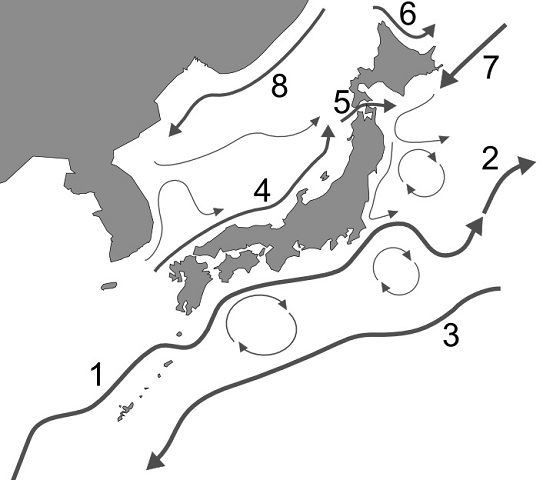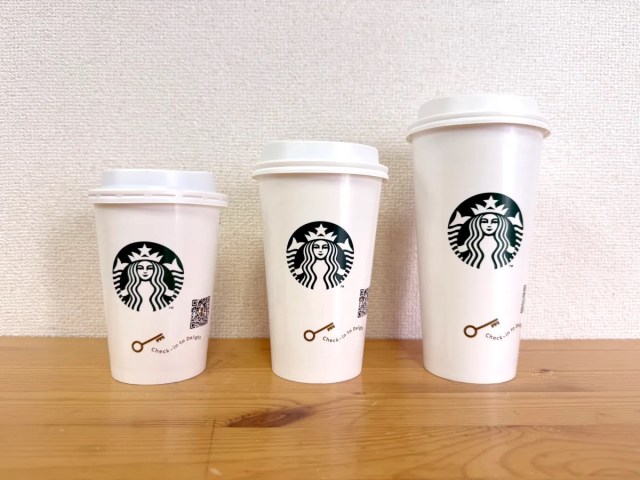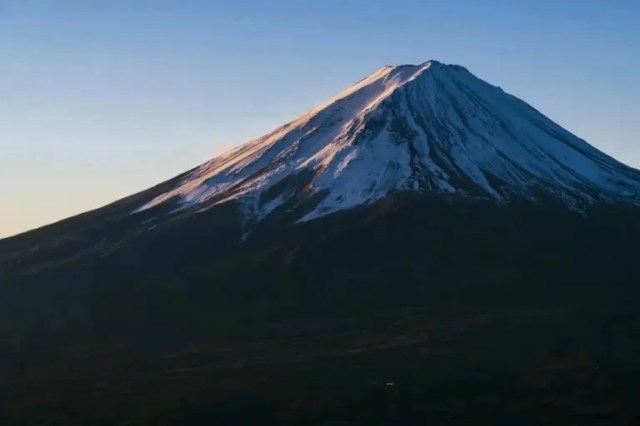Mysterious masses of tires washing up on shore of Japan’s northern Hokkaido Prefecture【Video】

Two incidents in a month have authorities looking for owner of giant black rubber objects.
The town of Rumoi is located on the northwestern coast of Hokkaido Prefecture, and as a small community of only about 2,200 people or so, it’s probably a safe bet that residents spend at least a little time gazing out at the sea. On February 1, though, they spotted something other than splashing waves, soaring gulls, or leaping fish, though, when a gigantic black mass of rubber washed up.
Measuring 6.5 meters (21.3 feet) long by 4.5 meters wide, it looks a little like a huge, pitch-black marshmallow covered in tires, and experts estimate it to weigh somewhere between four and five metric tons (8,818 to 11,023 pounds). Then, a little over three weeks later on February 24, an identical object washed up in the town of Ishikari, about 50 kilometers 31 miles) south from Rumoi.
▼ Rumoi
▼ Ishikari
Our first guess was that they’re kaiju eggs, but it turns out there’s a less giant monster-y explanation, The English word “Hi-Tech” was found written on the rubber mass, along with a logo that matches that of Hi-Tech Elastomers, Ltd., an Indian manufacturer of pneumatic fenders, basically big cushions to protect ships from hull damage when they’re in close proximity to harbor berths or other vessels.
But while that explains where the objects came from originally, it doesn’t explain how they got to Hokkaido, especially since the authorities have no record of ships or ports within the prefecture using Hi-Tech’s products. That doesn’t mean that investigators are working under the assumption that this is trash flowing from a foreign source, though. Kenji Shiga, a museum curator in Ishikari, believes that the most likely explanation, based on how close to each other the two fenders washed up, is that they were being used by a Japanese ship or nautical facility somewhere to the south and were carried to the Hokkaido shore by the north-moving Tsushima Current.
▼ The Tsushima Current, labeled as number 4 in this diagram, starts in the Tsushima Straight between Kyushu and Korea and follows the northern coast of Japan’s main island of Hokkaido on its way towards the western shore on Hokkaido.

Regardless of where they came from, though, the two rubber masses are now sitting on the Hokkaido coastline, having been placed in positions where they won’t get washed back into the open sea. Ishikari has posted a notice on the city’s official website asking its fender’s owner to come forward and foot the bill for relocating or disposing of it, while Rumoi’s administrators say they’re resigned to footing the bill themselves.
Sources: Nitele News via Yahoo! Japan News via Otakomu, Hokkaido Shimbun (1, 2), Hi-Tech Elastomers
Top image: Pakutaso (edited by SoraNews24)
Insert images: Wikipedia/Tosaka~commonswiki
● Want to hear about SoraNews24’s latest articles as soon as they’re published? Follow us on Facebook and Twitter!
Credit:




0 comments: